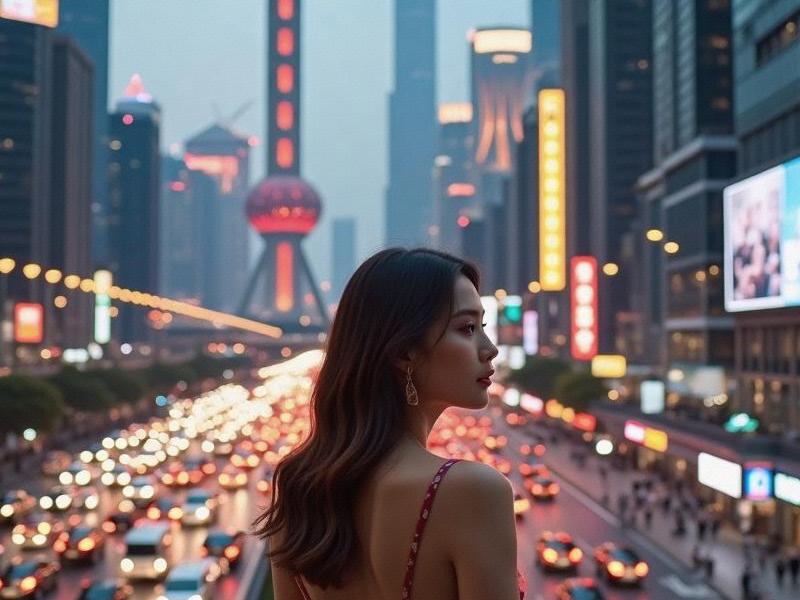This investigative piece explores Shanghai's cultural revival, examining how the city is balancing modernization with heritage preservation through its creative clusters, restored landmarks, and thriving arts scene.

The scent of oil paint mixes with the aroma of freshly brewed coffee in Shanghai's M50 art district, where converted textile mills now house avant-garde galleries. This creative enclave represents just one facet of Shanghai's remarkable cultural renaissance - a citywide movement reclaiming the metropolis's artistic soul amidst its breakneck modernization.
Shanghai's cultural transformation is most visible in its adaptive reuse of industrial spaces. Over 150 former factories and warehouses have been repurposed as cultural venues since 2010, creating 23 officially designated creative clusters. The Power Station of Art, China's first state-run contemporary art museum, occupies a converted power plant on the Huangpu River's south bank. Similarly, the 1933 Slaughterhouse now hosts fashion shows in its brutalist concrete corridors.
上海花千坊龙凤 "This isn't just about preserving buildings," explains cultural historian Dr. Zhang Wei. "Shanghai is reconstructing its cultural memory after decades of prioritizing economic growth over heritage."
The statistics reveal the scale of this revival: Cultural and creative industries now contribute 13% to Shanghai's GDP, employing over 1.2 million people. The city boasts 158 museums (up from 36 in 2000) and 284 theaters. Last year, Shanghai hosted 1,243 international cultural events, cementing its position as China's cultural gateway.
上海喝茶群vx
The government's "Cultural Shanghai 2035" plan takes this further, allocating $2.3 billion for heritage preservation and creative industry development. Ambitious projects include the complete restoration of the Bund's historical buildings and the creation of a 50km "Cultural Corridor" along Suzhou Creek.
上海龙凤阿拉后花园 Yet challenges persist. Gentrification threatens traditional communities like the lilong alleyway neighborhoods. Commercial pressures tempt some creative spaces to prioritize Instagram-friendly cafes over substantial artistic content. The delicate balance between tourism appeal and authentic cultural production remains contested.
As Shanghai prepares to host the 2026 International Culture Forum, the world watches how this global city negotiates its cultural identity. From the jazz revival in Peace Hotel to the experimental theaters of Jing'an, Shanghai demonstrates that economic might and cultural depth aren't mutually exclusive. The city that once looked outward for inspiration is now rediscovering the creative potential within its own streets, proving that true modernity requires roots as well as wings.